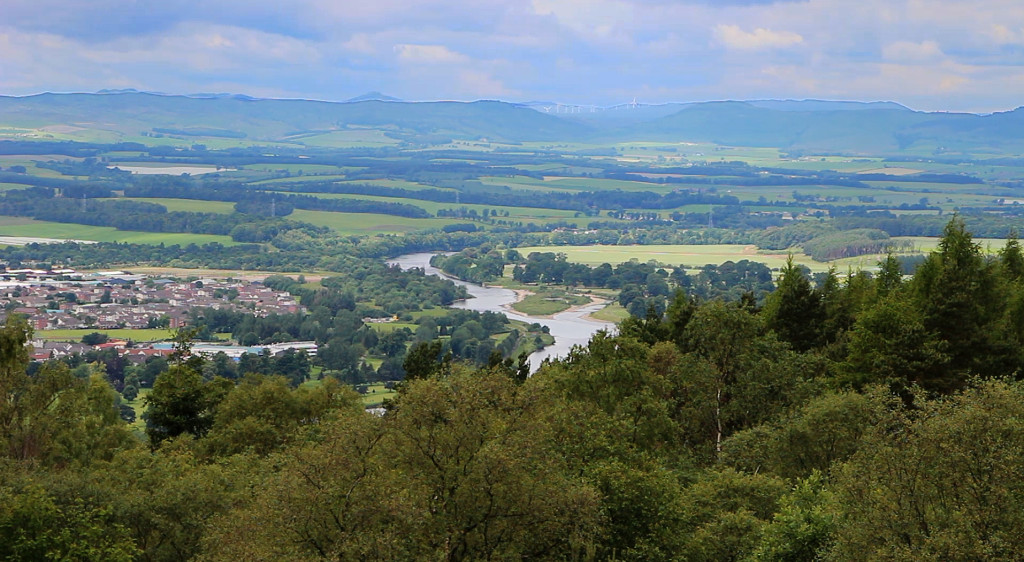Patrick Geddes and the origin of UK landscape architecture

Wikipedia (2015) describes Sir Patrick Geddes FRSE (2 October 1854 – 17 April 1932) as a Scottish biologist, sociologist, geographer, philanthropist and pioneering town planner.’ Geddes was also the first European to use the term ‘landscape architect’ as a professional title in its modern sense. When the term originated in 1828 it referred to the art of relating buildings to landscapes, rather than landscapes to buildings. It was then used, by William Andrews Nesfield in the mid-nineteenth century, for the art of designing gardens to relate to landscapes and architecture. Geddes, inspired by Frederick Law Olmsted’s use of the term landscape architect for his work on Central Park New York and Boston’s Emerald Necklace of public open space, used the term in his correspondence with the Carnegie Dunfermline Trust leading to his 1904 book City development, a study of parks, gardens, and culture-institutes; a report to the Carnegie Dunfermline Trust. The term was then taken up by his fellow competitor, Thomas H Mawson. Mawson became the author of a book on Civic Art, a founder member of the Town Planning Institute and the first President of the UK Institute of Landscape Architects.
Patrick Geddes was an imaginative scientist. As well as being the first British citizen to use the term landscape architect, he introduced the concept of a ‘region’ to the built environment professions and coined the term conurbation. He became a profound influence on Lewis Mumford, American regional planning – and Ian McHarg. Geddes was born in Perth, Scotland, 26 miles from Gilbert Laing Meason‘s home. Geddes enjoyed many walks to Kinnoull Hill as a boy and said they inspired his subsequent fascination with the relationship between cities and landscapes.
